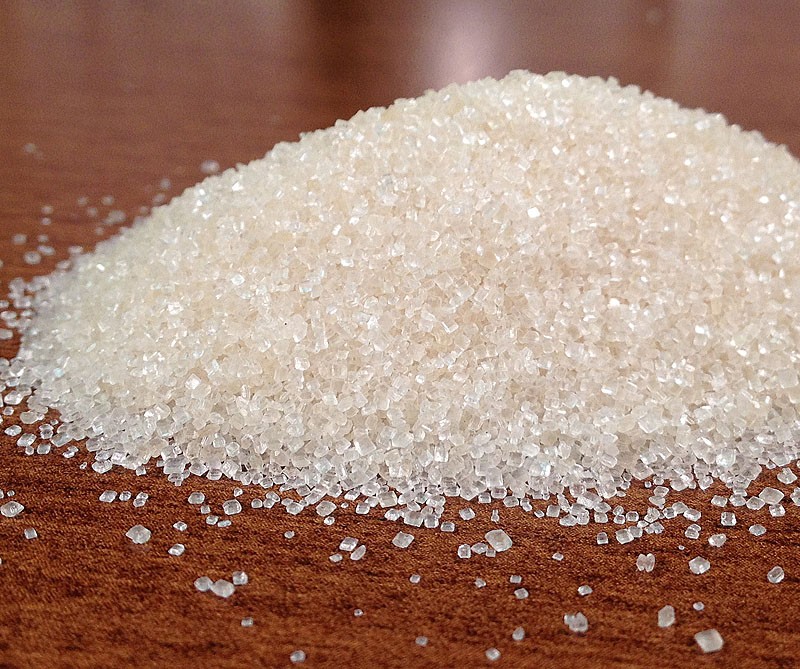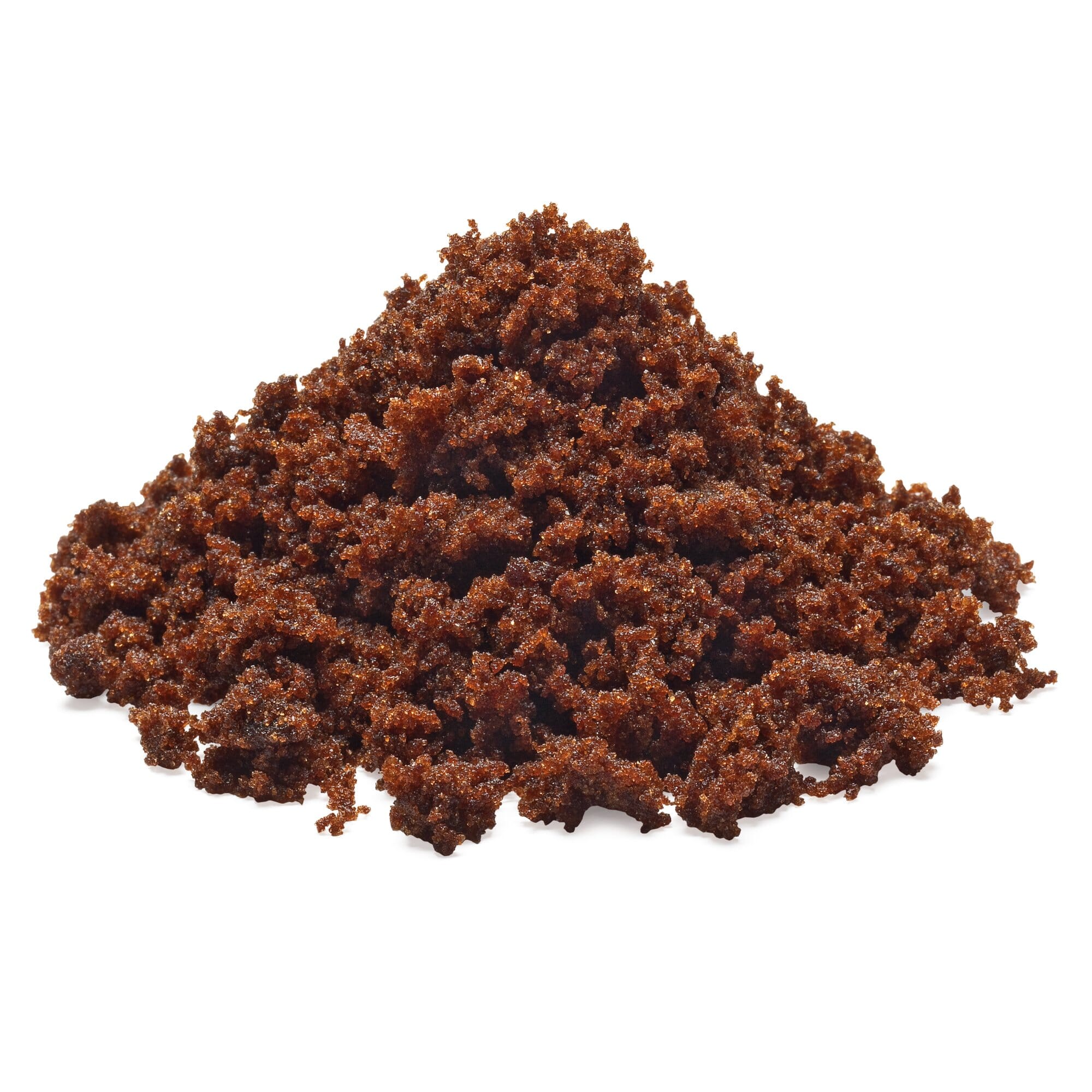Cane Sugar Processing Explained: What Occurs Inside a Sugar Mill
Cane Sugar Processing Explained: What Occurs Inside a Sugar Mill
Blog Article
Recognizing the Vital Techniques and Technologies Utilized in Modern Walking Cane Sugar Processing
The advancement of walking cane sugar processing has actually been considerably formed by the assimilation of innovative techniques and innovations that attend to both efficiency and sustainability. Enzyme-assisted extraction and advanced refining methods have actually transformed yield optimization, while automation assists in functional dependability. Furthermore, the emphasis on lasting methods mirrors an expanding recognition of environmental influence. As we discover these important improvements, it becomes vital to examine exactly how they not just improve production yet also align with more comprehensive industry trends and customer needs, questioning concerning the future of sugar handling and its ramifications for worldwide markets.
Historic Context of Walking Cane Sugar Handling
The historic context of walking stick sugar processing reveals a rich tapestry of agricultural development and social exchange that has formed its advancement over centuries. Coming From Southeast Asia, sugarcane was grown as early as 8000 BCE - Cane Sugar Processing. The procedure of removing and fine-tuning sugar obtained energy in India, where techniques for formation were improved around the 6th century. This expertise went across to the Center East, and by the 12th century, sugar came to be a valued commodity in Europe, resulting in the facility of sugar haciendas in the Mediterranean.

Advanced Removal Strategies
Effectiveness in cane sugar removal has actually seen substantial advancements, driven by the requirement for greater returns and lower manufacturing expenses. Traditional approaches have advanced, paving the way to innovative technologies that enhance the efficiency of the extraction process. One noteworthy development is making use of enzyme-assisted extraction, where specific enzymes break down cell wall surfaces and launch more sucrose from the cane fibers. This method not just boosts sugar yield yet also reduces the energy required for processing.
Additionally, the adoption of membrane filtering modern technologies, such as nanofiltration and reverse osmosis, has transformed the splitting up of sugar from contaminations. These techniques enable the discerning permeation of sugar molecules while maintaining bigger impurities, simplifying the extraction process and lessening waste.
In addition, the assimilation of constant extraction systems has brought about improved operational effectiveness. Cane Sugar Processing. These systems keep a continuous flow of walking cane product, making certain optimal extraction conditions and minimizing downtime related to batch processing
Innovative Refining Technologies
Refining methods in walking cane sugar handling have actually gone through a transformative shift, driven by the demand for higher pureness and boosted product high quality. Among the most notable developments is the adoption of membrane filtering innovations, such as ultrafiltration and nanofiltration. These processes efficiently remove contaminations and colorants without the demand for extensive chemical therapies, therefore preserving the sugar's natural flavor and improving its appeal.
One more considerable advancement about his is making use of ion exchange materials, which enable discerning removal of undesirable ions from sugar solutions. This technology not just increases the general pureness of the end product yet likewise contributes to decreased waste and environmental influence.
Furthermore, innovations in adsorption methods, utilizing triggered carbon and other advanced materials, have actually shown reliable in decolorizing sugar options while preserving optimum quality. The assimilation of these innovative refining innovations ensures that suppliers can produce polished sugar with premium quality and preference, fulfilling the advancing choices of customers.
Automation and Control Equipment
Recent improvements in refining technologies have actually led the means for substantial renovations in automation and control systems within walking cane sugar handling facilities. These systems use innovative software program and hardware to boost functional efficiency, decrease human mistake, and ensure constant product top quality.
Modern automation integrates various components, including sensing units, actuators, and programmable logic controllers (PLCs), making it possible for real-time tracking and control of essential processes. For instance, stress, flow, and temperature level rates can be precisely regulated throughout extraction, clarification, and formation you can find out more phases, enhancing performance and lessening waste.
Additionally, progressed data analytics and artificial intelligence formulas play a critical role in predictive upkeep, permitting operators to anticipate devices failures before they take place. This positive technique not only minimizes downtime yet additionally expands the lifespan of equipment.
On top of that, automation assists in the implementation of Sector 4.0 principles, equipping sugar mills to accomplish higher connection and information exchange across procedures. Because of this, decision-making comes to be more informed and dexterous, inevitably improving the general competition of walking cane sugar production. With these developments, the market is well-positioned to fulfill growing global needs while keeping operational quality.
Sustainability Practices in Sugar Manufacturing
Sustainability practices in sugar production have become significantly essential as the market seeks to balance financial practicality with environmental duty. As customer awareness grows concerning the ecological impacts of farming practices, sugar manufacturers are embracing ingenious approaches to reduce their ecological footprint.
One considerable strategy is the application of accuracy agriculture techniques, which use information analytics to optimize source use, such as water and fertilizers. This decreases waste and minimizes the influence on local ecosystems. Additionally, lots of producers see this page are transitioning to renewable resource sources, such as biomass from sugarcane results, to power their operations, therefore decreasing reliance on nonrenewable fuel sources.
Water administration techniques are additionally essential; rainwater harvesting and reliable watering systems assist minimize water deficiency issues. Cane Sugar Processing. Furthermore, incorporated pest management methods decrease chemical usage, advertising biodiversity and soil health and wellness
Company social duty campaigns are arising, with firms buying regional neighborhoods and guaranteeing fair labor practices. By welcoming these sustainability methods, the sugar sector not only enhances its track record but additionally adds to a more lasting farming landscape, paving the way for future generations.

Final Thought
In summary, contemporary walking stick sugar processing includes a variety of advanced strategies and technologies that considerably enhance efficiency, sustainability, and return. The adoption of cutting-edge removal and refining methods, together with automation and control systems, helps with enhanced operational efficiency and product top quality. In addition, the emphasis on lasting techniques emphasizes a dedication to reducing environmental impact and advertising moral production. Jointly, these advancements place the walking stick sugar sector to meet modern demands while attending to important international difficulties.
The development of cane sugar handling has actually been considerably shaped by the assimilation of sophisticated techniques and technologies that address both effectiveness and sustainability.The historical context of cane sugar handling exposes an abundant tapestry of farming innovation and social exchange that has shaped its development over centuries. Technologies in milling and refining emerged, laying the groundwork for modern-day walking cane sugar processing.Refining methods in walking stick sugar handling have undertaken a transformative change, driven by the need for higher purity and improved product high quality.In summary, modern-day cane sugar processing incorporates a range of innovative methods and technologies that considerably improve efficiency, sustainability, and return.
Report this page